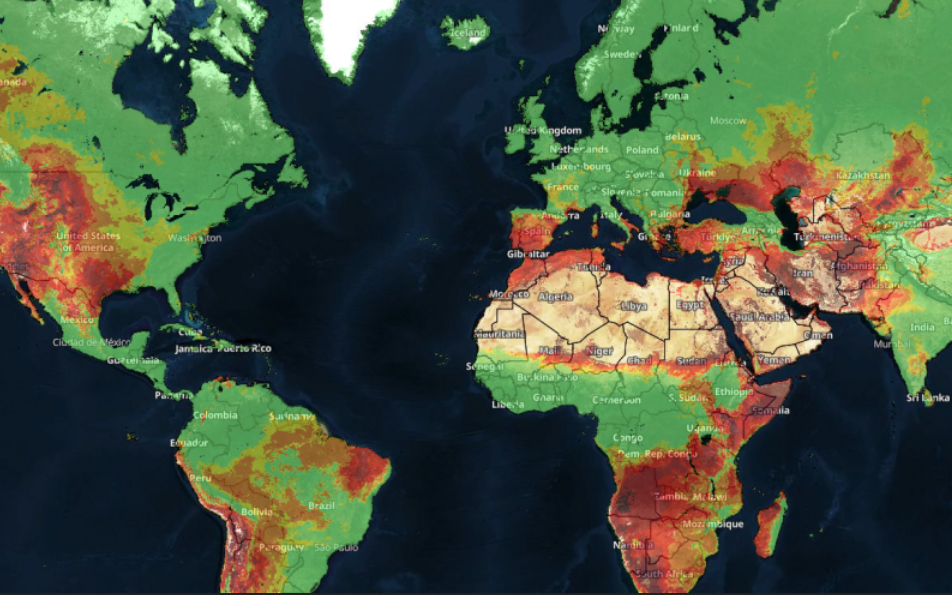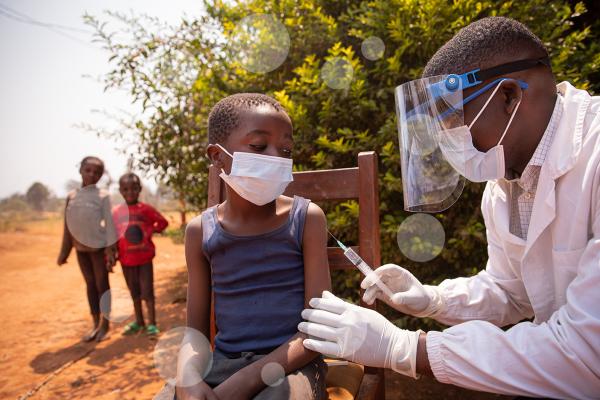Over 60 000 forest fires take place every year in the EU, burning, on average, half a million ha (nearly twice uxembourg's area), and causing human casualties and economic losses estimated at around €2 billion.
Scientific studies show that forest fires damages will likely to increase the future due to climate change and the lack of "fuel management" - not cleaning forest vegetation and fallen branches below the trees (which end up working as combustion fuel) over abandoned rural areas.
How does JRC contribute to minimising fires?
JRC scientists support emergency responders in Europe and beyond in reducing fire damage in Europe and the world by:
- carefully monitoring European ang global forests;
- continually assessing the fire risk;
- providing early alerts for fire prevention and fighting;
- evaluating how factors like climate change and changes land cover may impact forest fires in the future.
To support national and international authorities and emergency responders in the fight against fires, two information systems have been set up at European and global level as part of the Copernicus Emergency Management System.
Fire information systems

The European Forest Fire Information System(EFFIS), covers the full cycle of forest fire events in the EU and neighbouring countries.
Through its website, EFFIS provides fire danger predictions up to nine days in advance of their occurrence, as well as updated daily information on active fires, burned area and fire damage in Europe.
Additional modules analyse post-fire effects such as soil erosion and gas emissions and use satellite imagery to monitor the recovery of vegetation in the burnt areas.

Tthe Global Wildfire Information System (GWIS) was set up as a joint initiative of the Group on Earth Observations (GEO) and the Copernicus-EU's Earth observation programs.
GWIS brings together existing information sources at regional and national level to provide a comprehensive view and evaluation of fire regimes and fire effects at global level and to provide tools to support operational wildfire management from national to global scales.
The platform offers data and geographical information on current situation and statistics, country profiles and a long-term fire weather forecast.
How will climate change increase fire risk?
Changing weather conditions associated with global warming could increase fire danger in most of Europe. The projected increase in fire danger is strongest in southern European countries, where fires are already frequent and intense. The number of people living near wild land and exposed to high-to-extreme fire danger levels for at least 10 days per year would grow from now by 15 million (+24%) with 3°C warming.
Mitigation alone is not enough to avoid the adverse effects of climate change, which means adaptation strategies are needed to enhance social-ecological resilience to wildfires.
Read the outputs of this JRC study:



